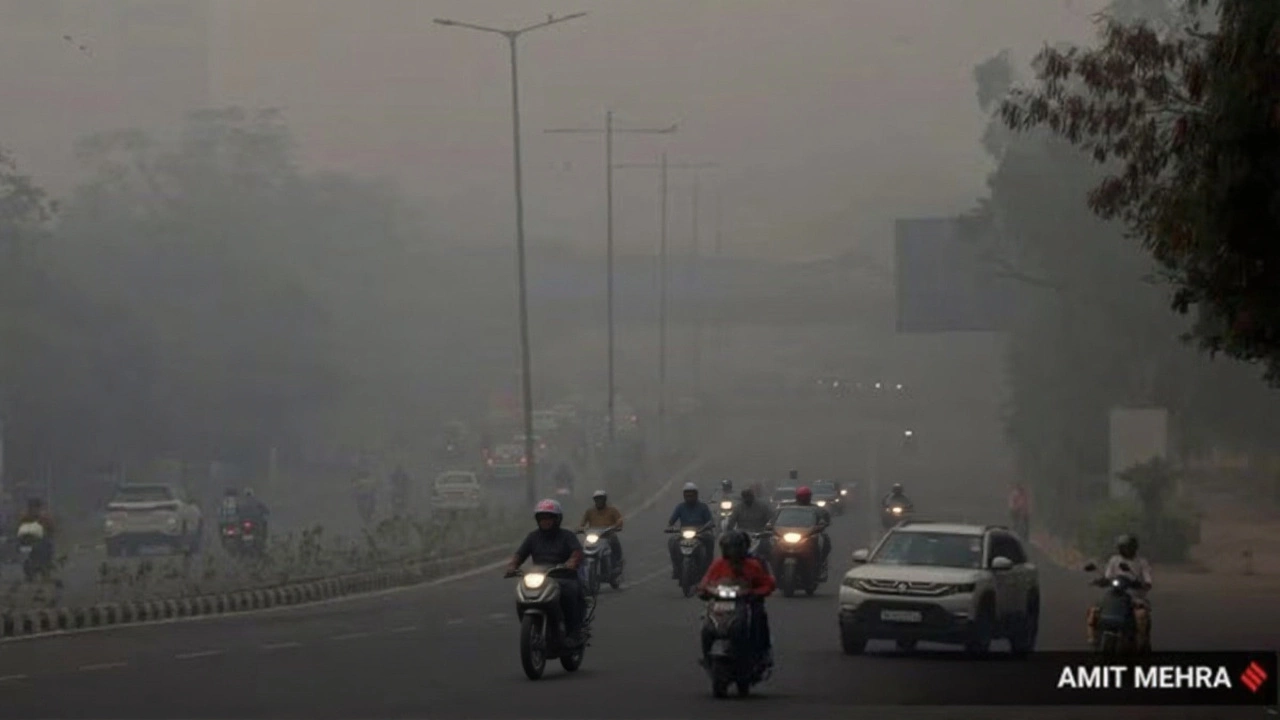Crop Burning: What It Is and Why It Matters
When talking about crop burning, the practice of setting agricultural residue on fire after harvest. It is also called stubble burning. This activity directly links to air pollution, the release of particulate matter and greenhouse gases into the atmosphere and to the livelihoods of farmers, their income and daily decisions about crop management. Crop burning contributes to air pollution, which in turn harms public health, reduces visibility, and speeds up climate change. At the same time, farmers turn to burning because it’s cheap, quick, and often the only option when policies don’t provide affordable alternatives. The cycle creates a clear semantic triple: crop burning → causes → air pollution; air pollution → affects → public health; farmer livelihoods → drive → crop burning. India’s seasonal haze, especially in the northern plains, shows how a local practice can become a national crisis. Rapid spikes in PM2.5 levels during October‑November are a direct signal that residue is being set ablaze. The main drivers are the narrow harvesting window, lack of machinery, and market pressure to clear fields fast. Understanding these connections helps explain why simple bans rarely work without addressing the underlying economic and logistical hurdles.
Policy Landscape, Alternatives, and What Lies Ahead
Government policies aim to curb crop burning by offering subsidies for machines like the Happy Seeder and by imposing fines for illegal fires. These measures illustrate another semantic triple: government policies → target → crop burning. However, enforcement gaps and delayed payments often limit impact. In parallel, researchers and NGOs promote residue management techniques such as mulching, composting, and bio‑energy conversion. These alternatives not only cut emissions but also create new income streams for farmers, linking back to their livelihoods in a positive loop: alternative residue management → enhances → farmer livelihoods. Climate change is another related entity; the added carbon from burning speeds up warming, which can shift planting seasons and create a feedback loop that may increase burning if not addressed. Health agencies track spikes in asthma attacks and hospital visits during burning periods, reinforcing the air‑health connection. Beyond policy, community‑led efforts are gaining ground. In Punjab and Haryana, farmer cooperatives pool resources to rent machinery, showing how collective action can replace individual burning. When such models scale, they reshape the economic calculus: reduced cost → less need → crop burning. Technology also plays a role; satellite monitoring now detects fires in real time, allowing authorities to intervene quickly. This creates a data‑driven feedback loop: detection → penalty → deterrence. The collection of articles below dives deep into each of these angles. You’ll find updates on recent policy announcements, on‑ground stories of farmers adopting new tools, and health reports that quantify the impact of smoke. Together they paint a full picture of why crop burning persists, how it harms the environment and people, and what realistic steps can break the cycle. Keep reading to see the latest numbers, success stories, and expert tips that could change the way India handles post‑harvest residue.

Delhi's AQI tops 400 on Nov 28, 2024 as crop burning, stagnant winds and traffic haze trigger Stage IV restrictions and a spike in respiratory cases.




